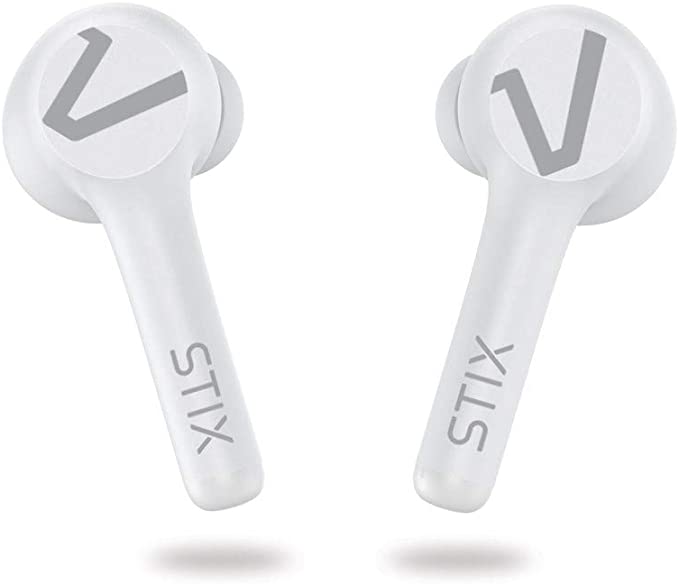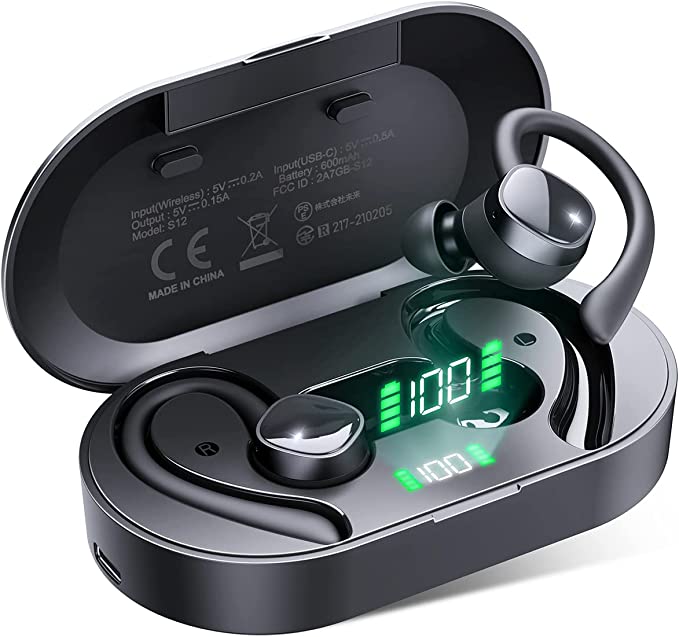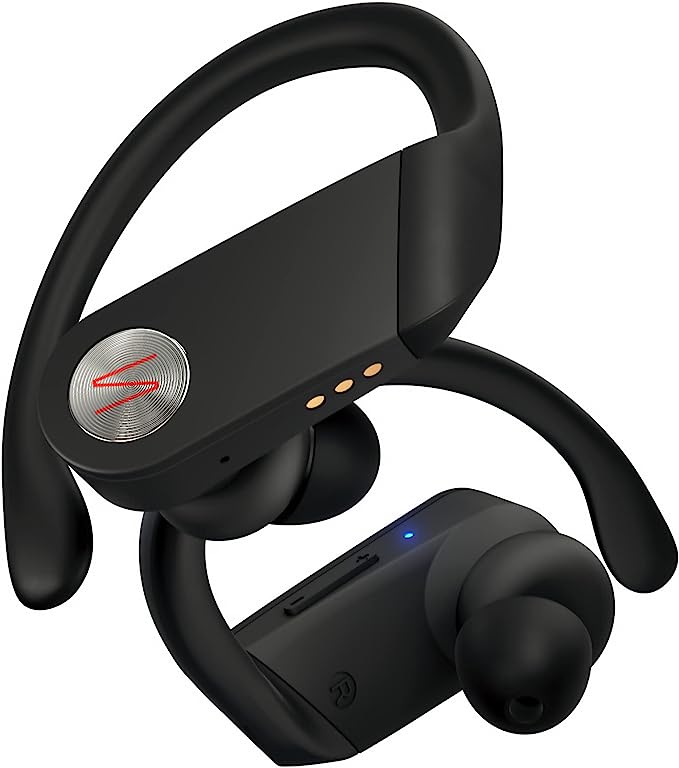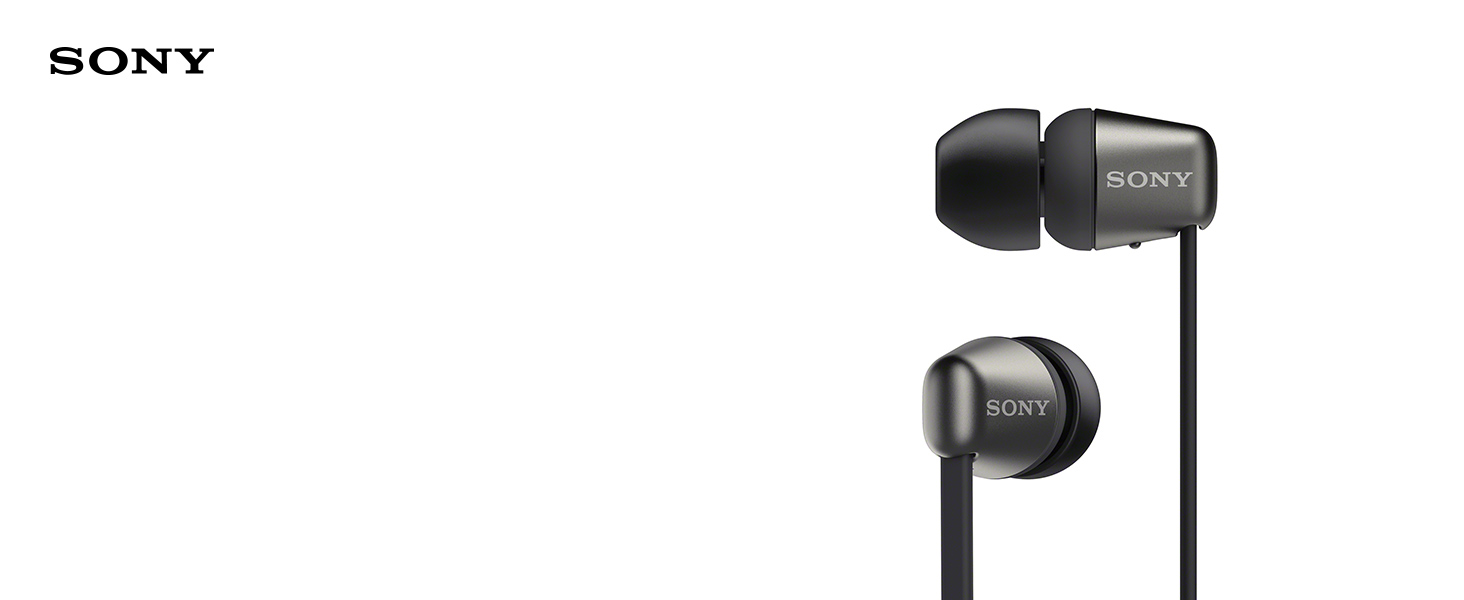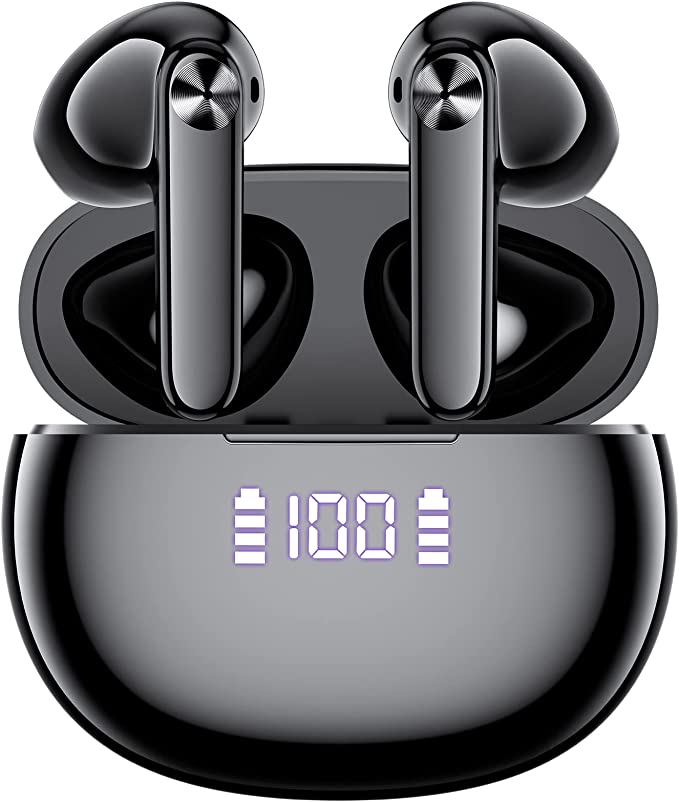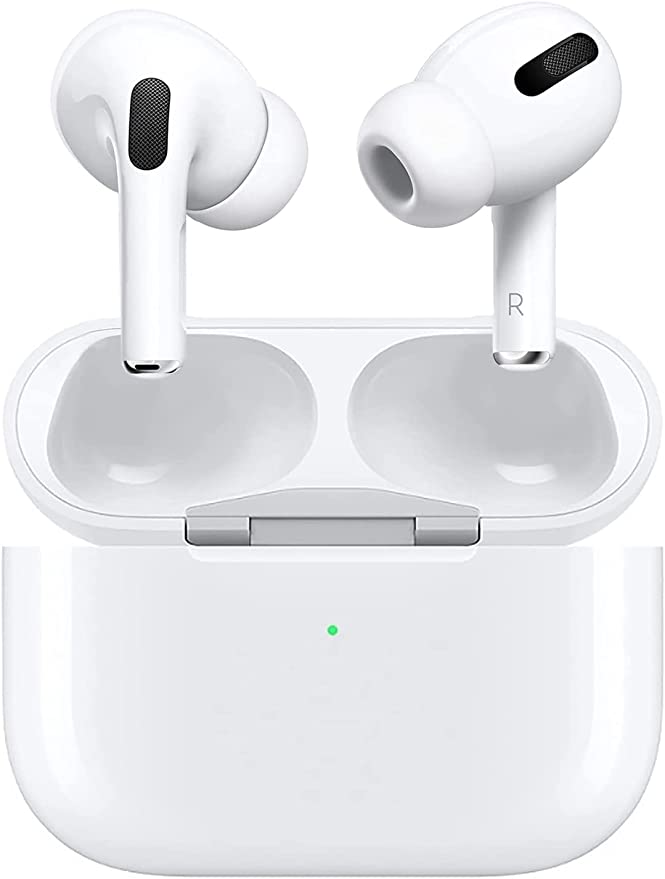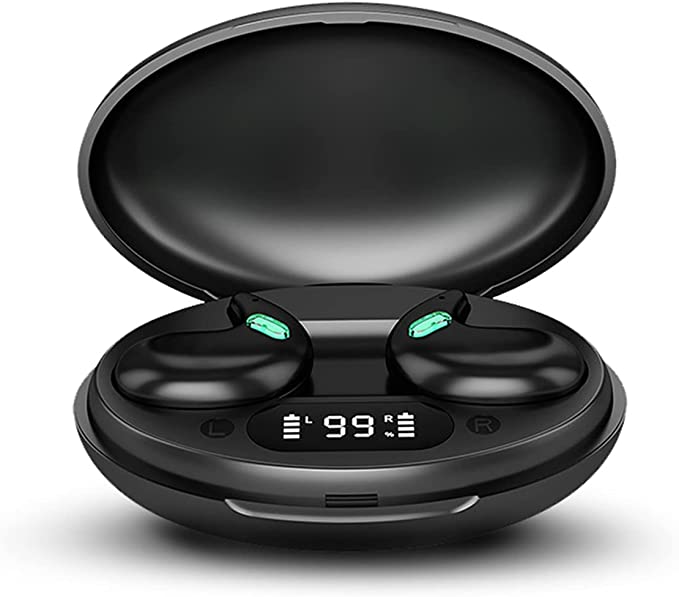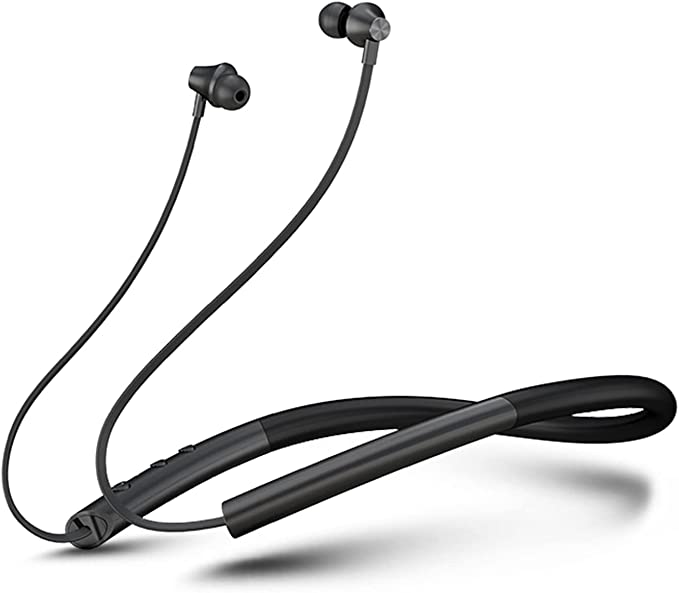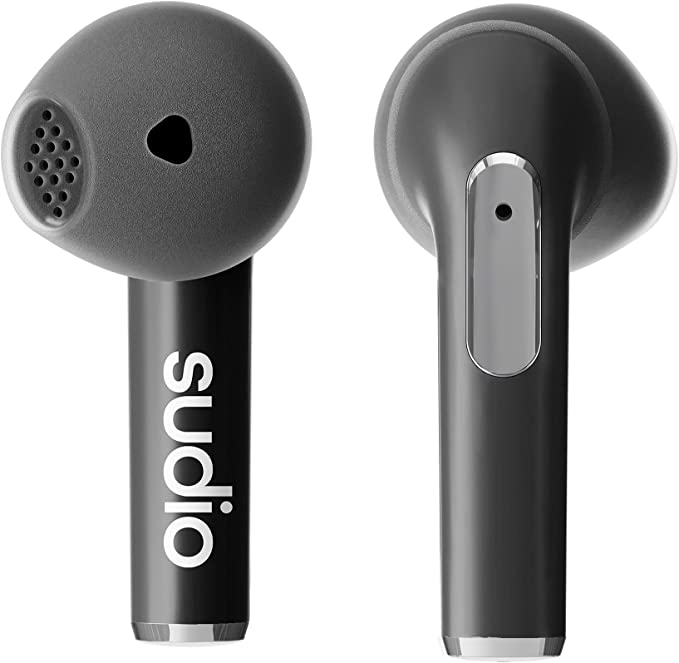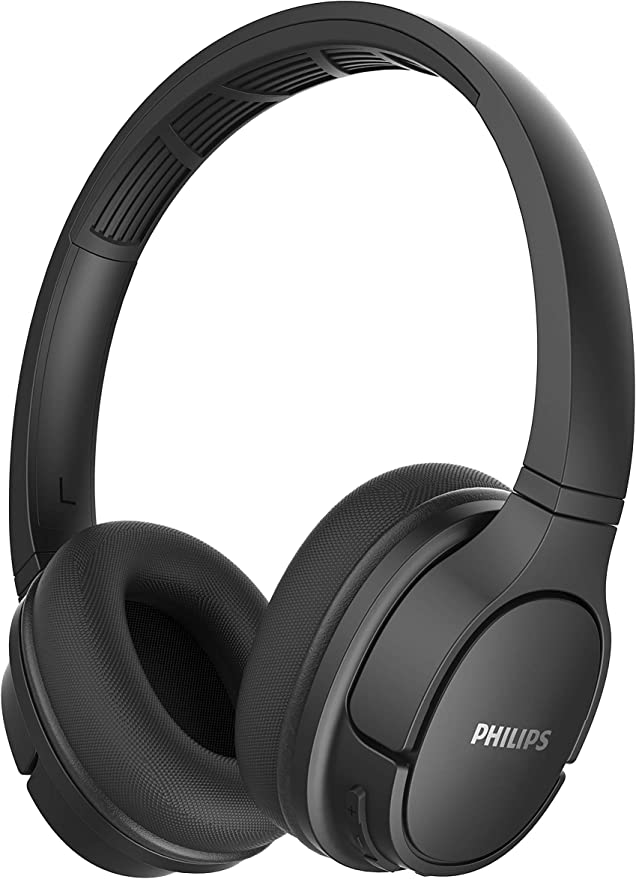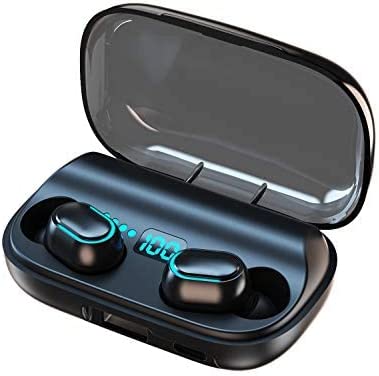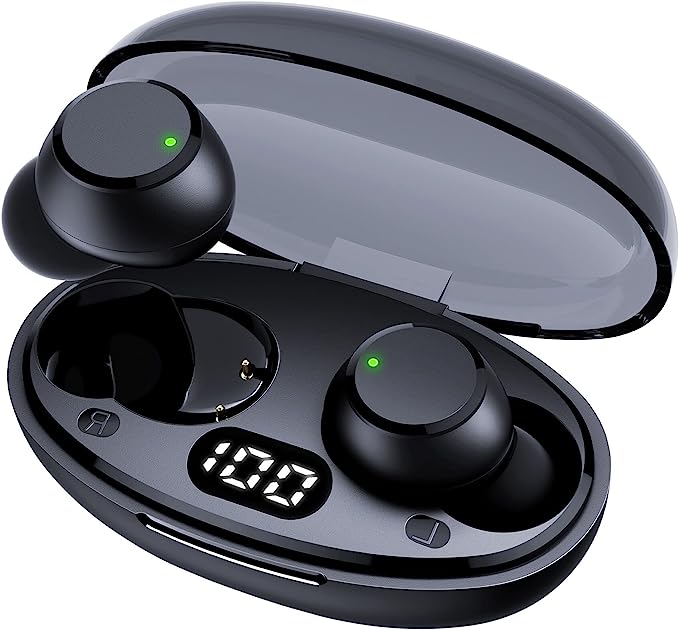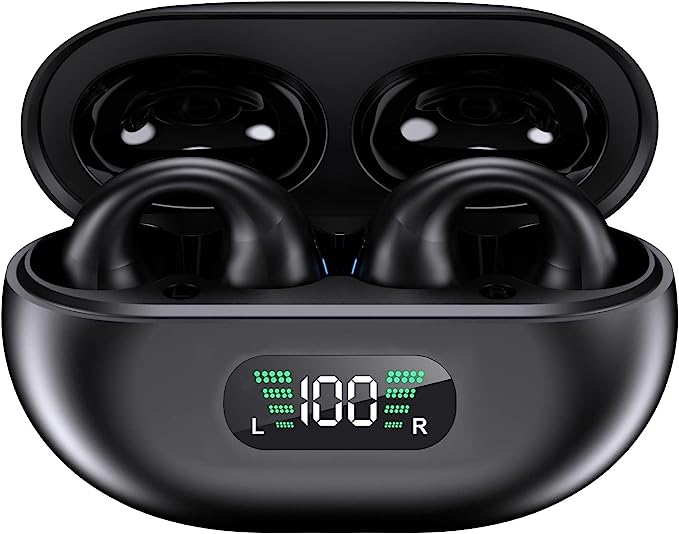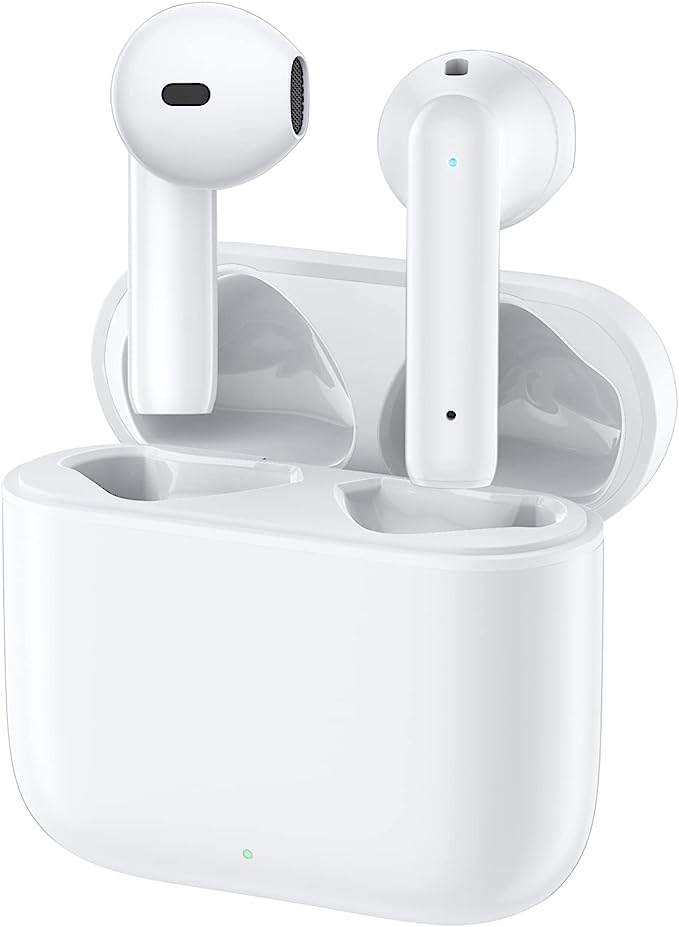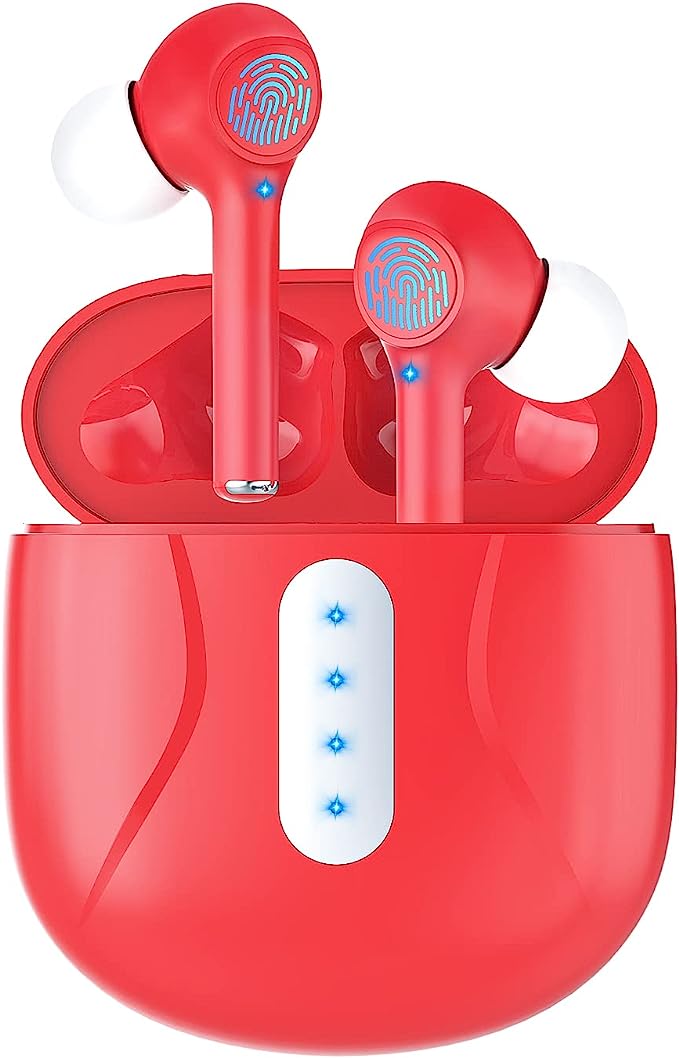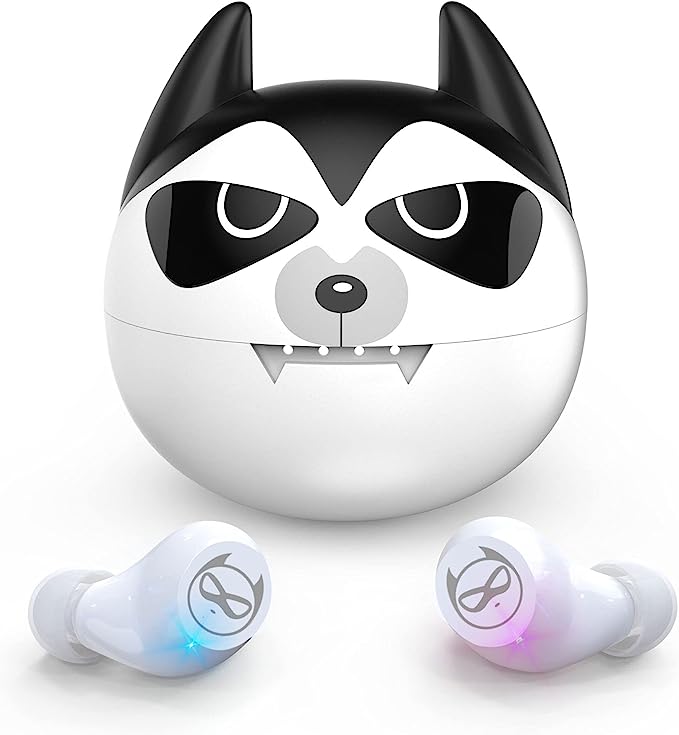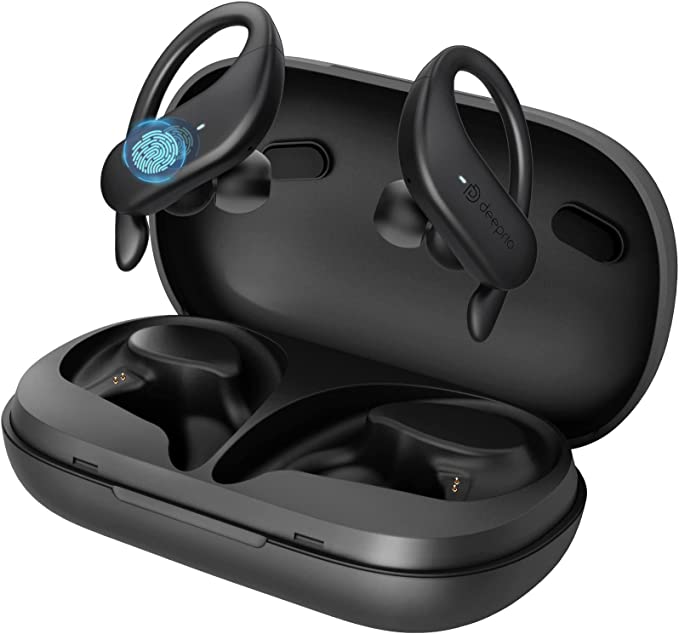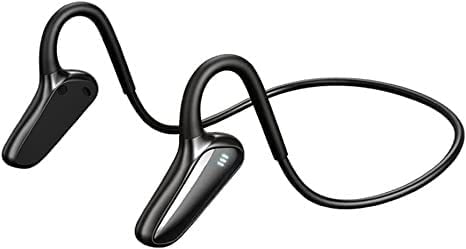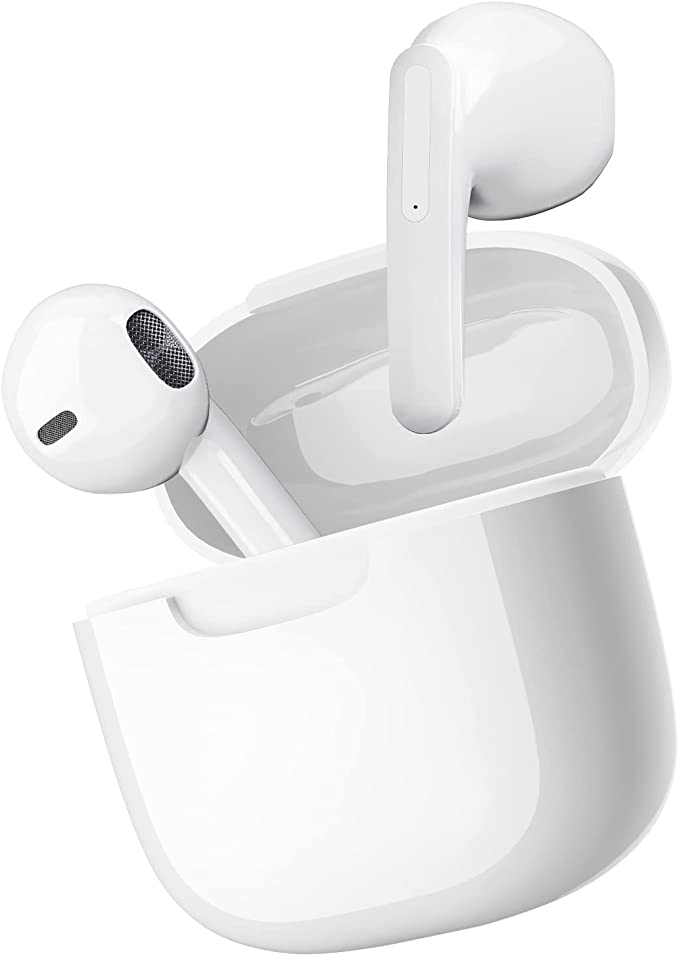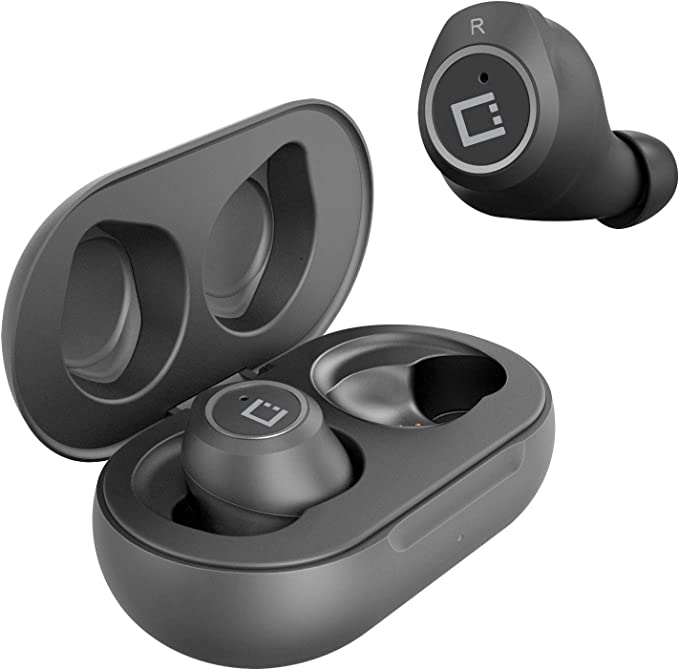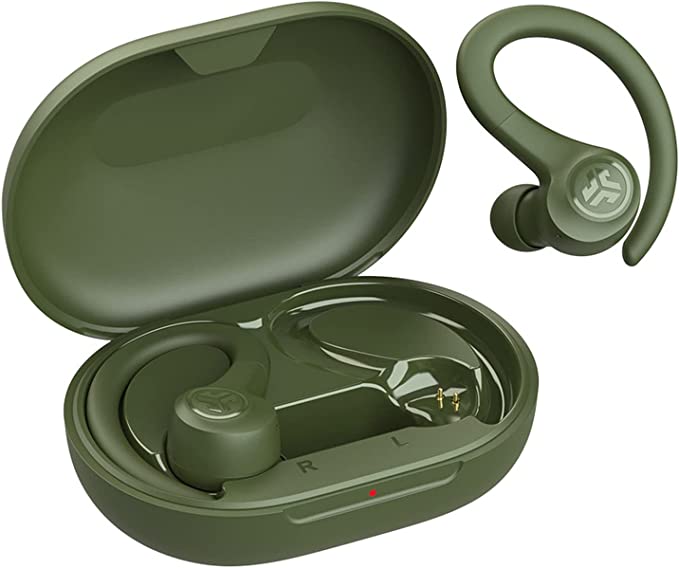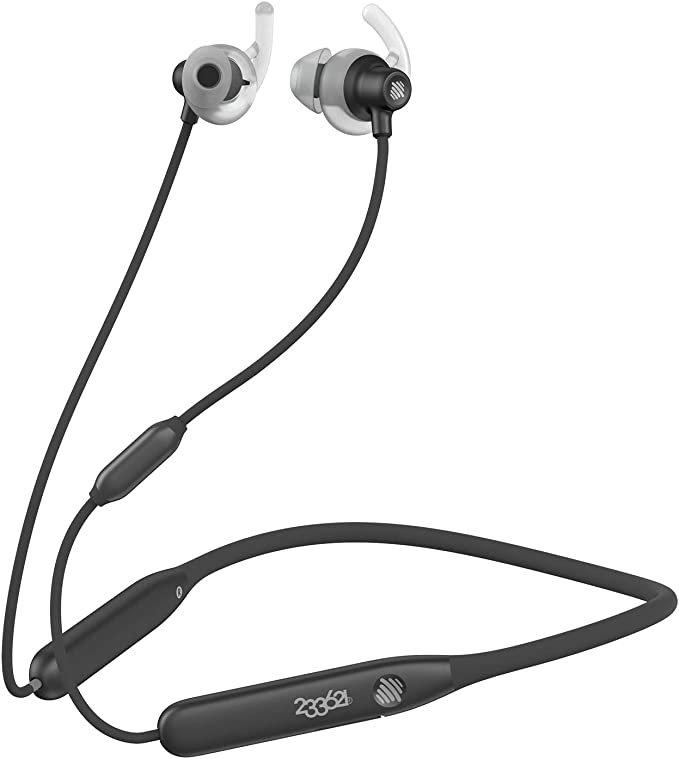Bose SoundSport Free True Wireless Earbuds: Unleash Your Workout with Powerful Sound
Update on Feb. 8, 2025, 12:47 p.m.
The Wireless Revolution
Our relationship with sound has always been intertwined with technology. From the crackling broadcasts of early radio to the immersive experiences of today’s digital audio, we’ve constantly sought ways to capture, transmit, and reproduce sound with ever-greater fidelity and convenience. A pivotal moment in this journey arrived with the advent of wireless technology. Imagine the cumbersome headphones of the early 20th century, tethered by wires to bulky receivers. The dream of untethered listening seemed a distant prospect. The development of Bluetooth technology in the late 1990s, however, revolutionized personal audio. This short-range wireless communication protocol, initially conceived for connecting mobile phones and headsets, paved the way for a new era of portable sound.

Sound Unbound: The Promise of Truly Wireless
Early Bluetooth headsets, while liberating, still involved wires connecting the earpieces. The true revolution came with the emergence of “truly wireless” earbuds – independent earpieces with no connecting cords whatsoever. This seemingly small change unlocked a profound sense of freedom, particularly for those engaged in physical activity. No more snagging wires on gym equipment, no more tangled cords restricting movement. The Bose SoundSport Free True Wireless Earbuds represent a significant step in this evolution, combining wireless freedom with high-fidelity audio and a secure, comfortable fit.
Decoding the Sound: Bose’s Audio Mastery
The quality of sound you experience from any audio device, especially compact earbuds, isn’t solely determined by the speaker driver. A crucial, often overlooked, component is the Digital Signal Processor, or DSP. Think of the DSP as a miniature sound engineer residing within each earbud. It takes the incoming digital audio signal and meticulously shapes it, optimizing it for the specific characteristics of the earbud’s drivers and acoustics.
What does this “shaping” involve? The DSP performs several critical tasks. It applies equalization (EQ), adjusting the balance of different frequencies (bass, midrange, treble) to create a desired sound signature. It can also implement dynamic range compression, ensuring that quiet sounds are audible while loud sounds don’t distort. Furthermore, a well-designed DSP can minimize unwanted noise and resonances, resulting in a cleaner, more detailed sound. Bose has a long and respected history in audio engineering, and their DSP technology is a key element of their signature sound – often described as clear, balanced, and powerful, with a rich bass response. While the precise algorithms used in the SoundSport Free’s DSP are proprietary, the underlying principles are rooted in decades of acoustic research.
Another critical aspect of wireless audio quality is the Bluetooth audio codec. This is the software that encodes the digital audio signal on your phone or other source device and then decodes it on the earbuds. The most common codec is SBC (Subband Coding), a standard part of the Bluetooth protocol. Many devices also support AAC (Advanced Audio Coding), which generally offers better sound quality than SBC, especially on Apple devices. While the provided information doesn’t explicitly confirm AAC support for the SoundSport Free, Bose’s commitment to audio quality makes it highly probable. Other codecs, such as aptX, offer even higher fidelity, but their availability depends on both the source device and the headphones.
A Perfect Fit: The Science of Comfort and Stability
Creating earbuds that fit securely and comfortably in a wide range of ear shapes is a significant engineering challenge. The human ear is a remarkably complex and varied structure. The outer ear, or pinna, funnels sound waves into the ear canal, which leads to the eardrum. The shape and size of the pinna and ear canal vary considerably from person to person.
Bose addresses this challenge with their StayHear+ Sport tips. These aren’t your typical round silicone tips. They feature a unique umbrella-shaped design with an extended “fin” that gently locks into the concha, the bowl-shaped cavity of the outer ear. This design distributes pressure more evenly than traditional tips, reducing discomfort during extended wear. The soft silicone material also conforms to the contours of the ear, creating a secure seal that helps to isolate external noise and improve bass response. The SoundSport Free earbuds come with three different sizes of StayHear+ Sport tips (small, medium, and large), allowing users to find the best fit for their individual ears. This attention to ergonomic detail is crucial for ensuring that the earbuds remain comfortable and secure, even during vigorous activity.
Built to Last: Conquering the Elements with IPX4
The “IP” in IPX4 stands for “Ingress Protection.” This is a standardized rating system that indicates the level of protection a device offers against intrusion from solid objects (like dust) and liquids (like water). The “X” in IPX4 means that the device hasn’t been specifically tested for dust protection. The “4” indicates that the device is protected against splashing water from any direction.
In practical terms, this means that the SoundSport Free earbuds can withstand sweat, rain, and splashes. You can wear them confidently during intense workouts or outdoor activities without worrying about moisture damage. This protection is achieved through a combination of careful material selection and clever engineering. The earbud housings are likely made from a durable, water-resistant plastic. Crucially, areas where water could potentially enter, such as around the buttons and charging ports, are sealed with silicone gaskets or hydrophobic (water-repelling) coatings. These coatings create a microscopic surface texture that causes water to bead up and roll off, rather than penetrating the material.

Power and Longevity: The Battery Life Equation
Wireless earbuds, by their very nature, rely on batteries. The SoundSport Free earbuds utilize lithium-ion batteries, the same technology found in most smartphones and laptops. Lithium-ion batteries are favored for their high energy density – they can store a significant amount of energy in a relatively small and lightweight package.
The battery life of a pair of wireless earbuds depends on several factors, including the battery’s capacity (measured in milliampere-hours, or mAh), the power consumption of the earbuds’ electronics (including the Bluetooth chip, DSP, and drivers), and the volume level at which you listen. Bose states that the SoundSport Free earbuds offer up to 5 hours of playtime on a single charge. The included charging case provides an additional 10 hours of battery life, effectively tripling the total listening time. The case itself contains its own battery and uses magnetic contacts to securely hold and charge the earbuds.
Seamless Connection: Bluetooth and Beyond
Bluetooth is the wireless communication protocol that allows the SoundSport Free earbuds to connect to your smartphone, tablet, or computer. It uses short-range radio waves in the 2.4 GHz frequency band to transmit data. The pairing process, where the earbuds and your device establish a secure connection, is typically straightforward.
Bluetooth range is typically around 30 feet (10 meters), but this can be affected by obstacles (walls, furniture) and interference from other wireless devices. The SoundSport Free earbuds are designed to maintain a stable connection within the typical usage range.
One of the convenient features of the SoundSport Free, supported by the Bose Connect app, is “Find My Buds.” If you misplace your earbuds, the app can show you their last known location on a map. This works by tracking the Bluetooth signal strength between your phone and the earbuds. When the earbuds are within range, the app can estimate their distance and direction. When they’re out of range, the app displays the last location where they were connected.
Addressing Concerns
Some users reported audio-video synchronization issues (A/V sync), particularly when watching videos online. This is a common issue with Bluetooth audio, as there’s inherent latency (delay) in the wireless transmission and processing of the audio signal. The delay can be noticeable when watching videos, as the audio may not perfectly match the lip movements on screen. As noted earlier, Bose has released firmware updates to improve A/V synchronization, and many users found problems reduced while using dedicated video playing Apps.
Another point to notice is calls are only heard through the right earbud. This is a design choice, and is also due to technological limitation.

The Future is Wireless: Evolving Audio Technology
The world of wireless audio is constantly evolving. We can expect to see continued improvements in battery life, sound quality, and connectivity. Higher-bandwidth Bluetooth codecs, such as aptX Lossless, promise to deliver CD-quality audio wirelessly. Spatial audio technologies are creating more immersive listening experiences, simulating a three-dimensional soundstage. And, of course, research and development are constantly making strides in areas like ear-detection, active noise-cancelation, and enhanced DSP.
